Winter 2020/2021 Artist Residency Daily Diary: Washi+ in Kochi, Shikoku, Japan (Day 1)
Published by Nessa Roque,
I am now somewhere in Kochi, right outside the city proper. Ralph and I are here as artists-in-residence of an independent theater company called Washi+ founded by actor Ayumi Hamada. Kochi is a place of paper-makers, and Ayumi’s family comes from a long line of Japanese traditional paper-makers. Most of us know the term washi because of the crafting tape called washi tape. However, traditional Japanese paper is very different. It is usually made from a kind of mulberry plant/tree called "kozo." This kind of paper is of really high quality, strong washi paper is even used as a material for sliding windows and doors. I’ll have to write a proper piece to share more about washi later. Ralph and I are staying here during my winter break to start our research process for a project here in the summer.
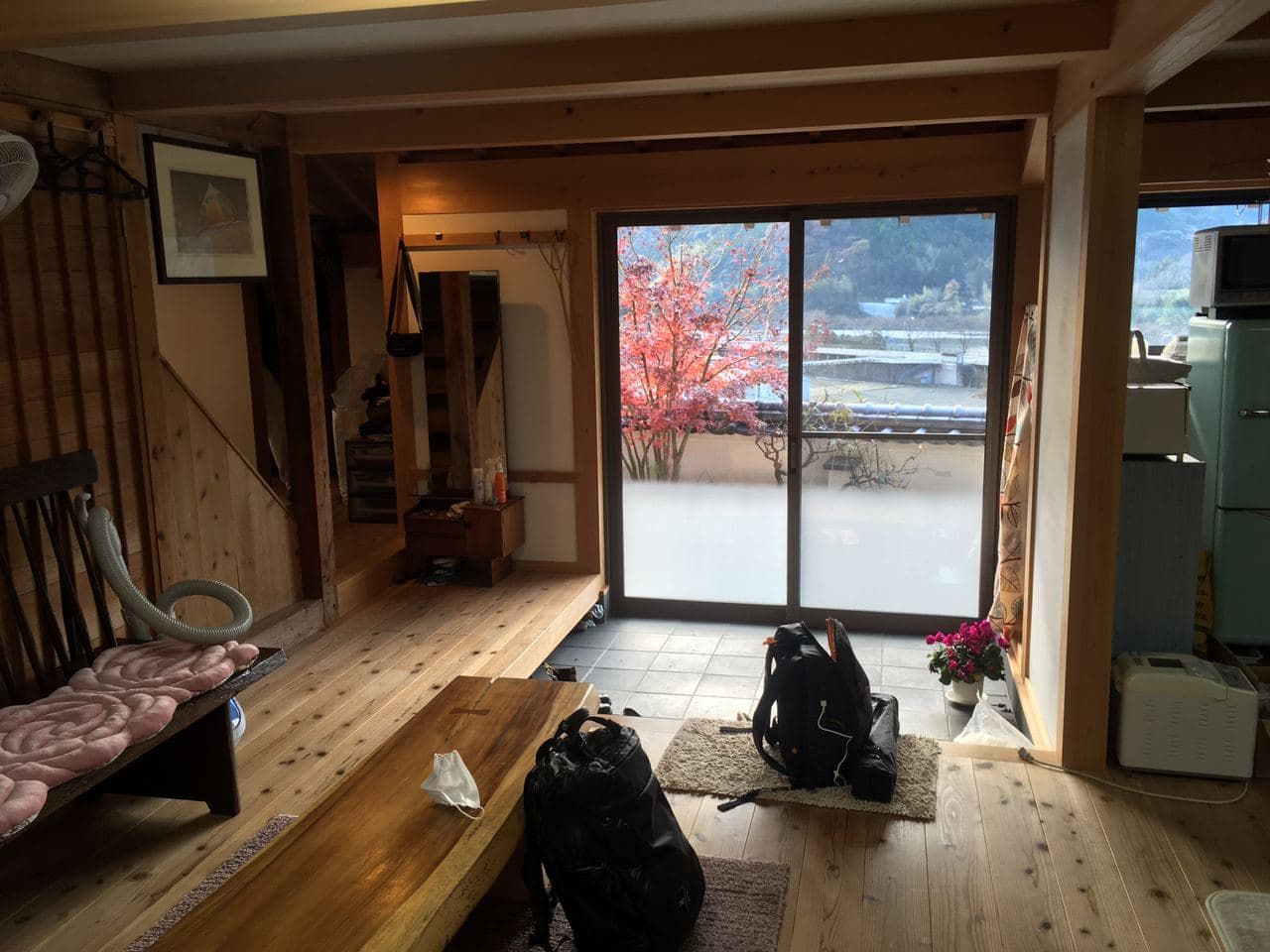
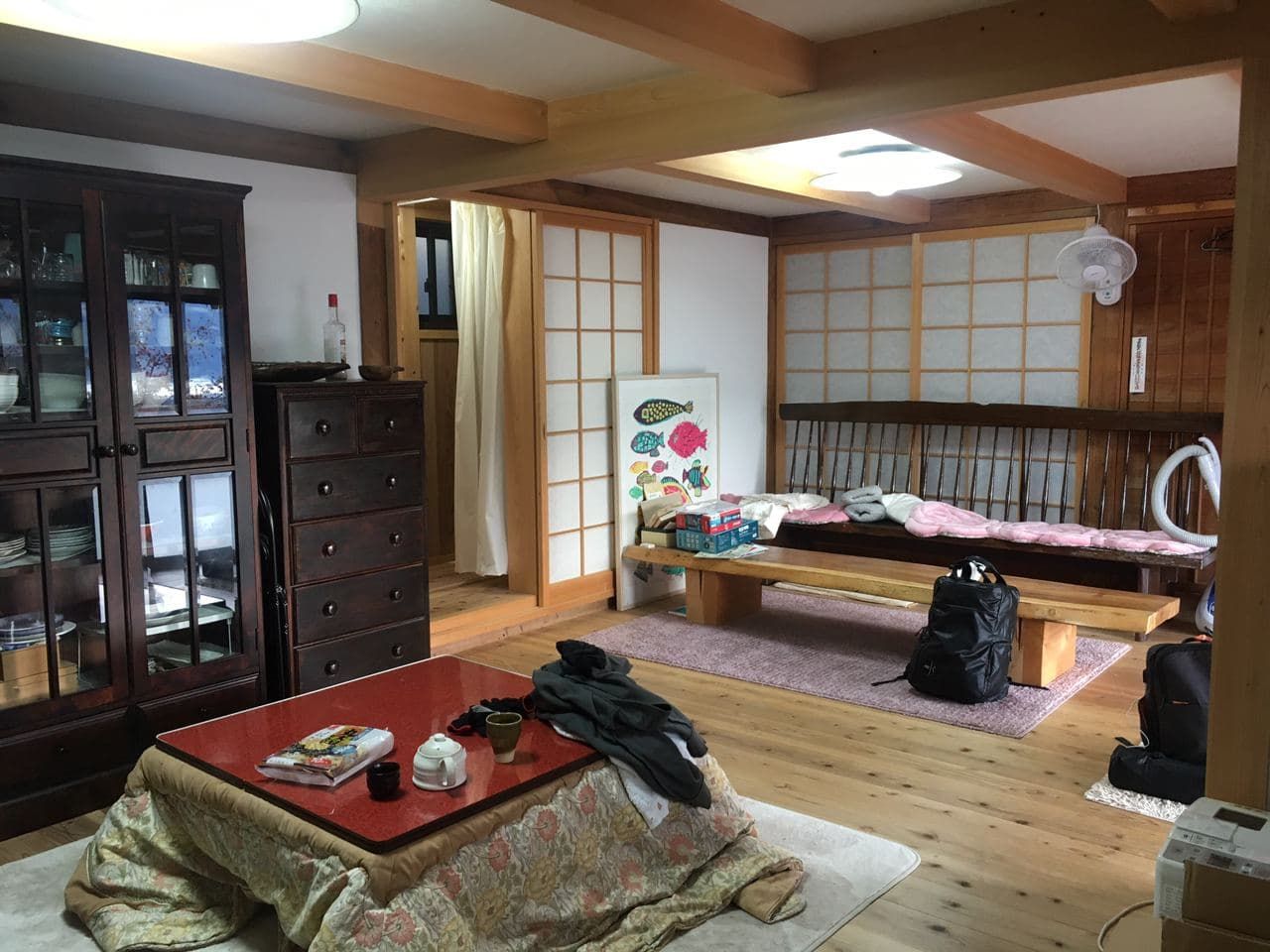
We have a room in this area, which is connected to the part of the house where Ayumi stays. The whole property is their ancestral home and was recently renovated. This is where both Ayumi and her mother grew up. The view from up here is phenomenal. I want to wake up earlier in the coming days just to be able to watch all of this before the winter sunlight disappears at 4:30pm. Inside, every corner of this home brings pleasure--the wooden floor and beams and the washi-lined ceiling. This is a home that has housed generations of paper-makers, artisans, and craftspeople. There is sincerity in the objects that I see and touch. I sense a slowness. I find myself suddenly romanticizing all of these objects.
Truth is, I barely had this sense of romance with these materials when I stepped inside this house last night, arriving from Tokyo. The house was beautiful, yes, the materials were great, yes. But I just thought the house was "very Japanese," "spacious," and "probably costs a lot."
But today, Ralph and I helped out in peeling layers off the kozo barks and hanging them out to dry. The kozo barks are steamed for 2-3 hours to soften the outer layer. While the bark is still wet and warm, we need to peel the outer layer, which eventually becomes paper. I don’t know yet how this happens, and I’m excited to find out. To be honest, I’m not very good at working with my hands. I don’t really make objects, and I’m impatient with DIY projects. I’m the complete opposite of my partner Ralph who is a sculptor and woodworker. Today he was so good at peeling the kozo that Ayumi’s brother, Hiro, joked that he was even better than him. Ayumi was also playfully asking if it was really Ralph’s first time to do this because he seemed like he definitely knew what he was doing. Meanwhile, I was the slowest worker. I was probably busy writing this diary in my head while I carefully peeled the kozo layers away.
It’s probably just the romantic in me. Still, after spending a day of working with kozo outdoors during winter, I did feel a wave of warmth touching me when I stepped back into this home at sunset. I see the washi lining the walls and the ceiling and maybe without knowing it, I secretly thank all the hands that made this home.
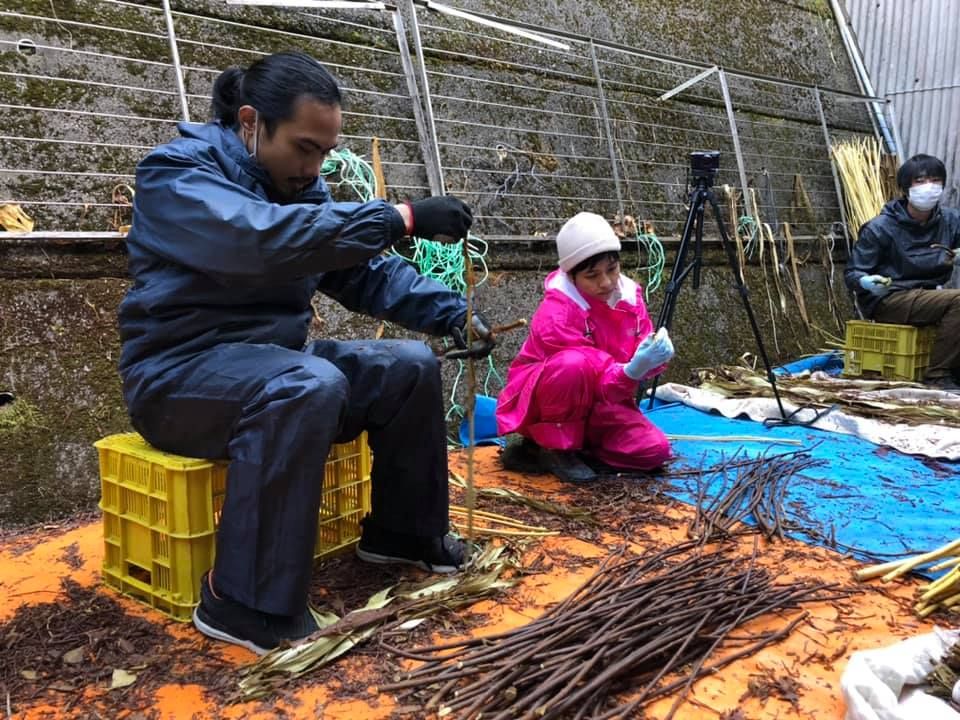
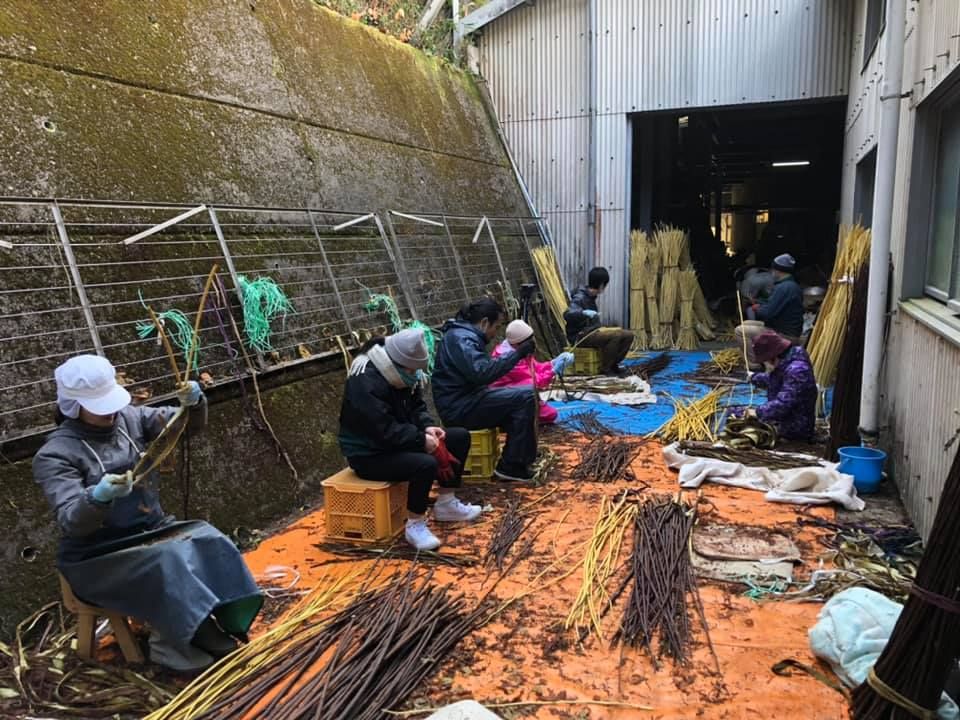
One more thing: today, I probably had the best lunch break I’ve ever had in my life. While waiting for the kozo to dry, Ayumi drove us to a michinoeki or roadside pit stop. We had delicious udon, soba, and oden, and got to know Ayumi more. We talked a little bit about how long her family has been making paper (about 200 years!); the state of the washi paper industry (some paper-makers use manila hemp or abaca!) and the challenges they are facing. We talked about the dire situation of landless farmers in the Philippines and the precarious situation that local Kochi farmers are also facing. We also check out the souvenir shop that features different washi products.
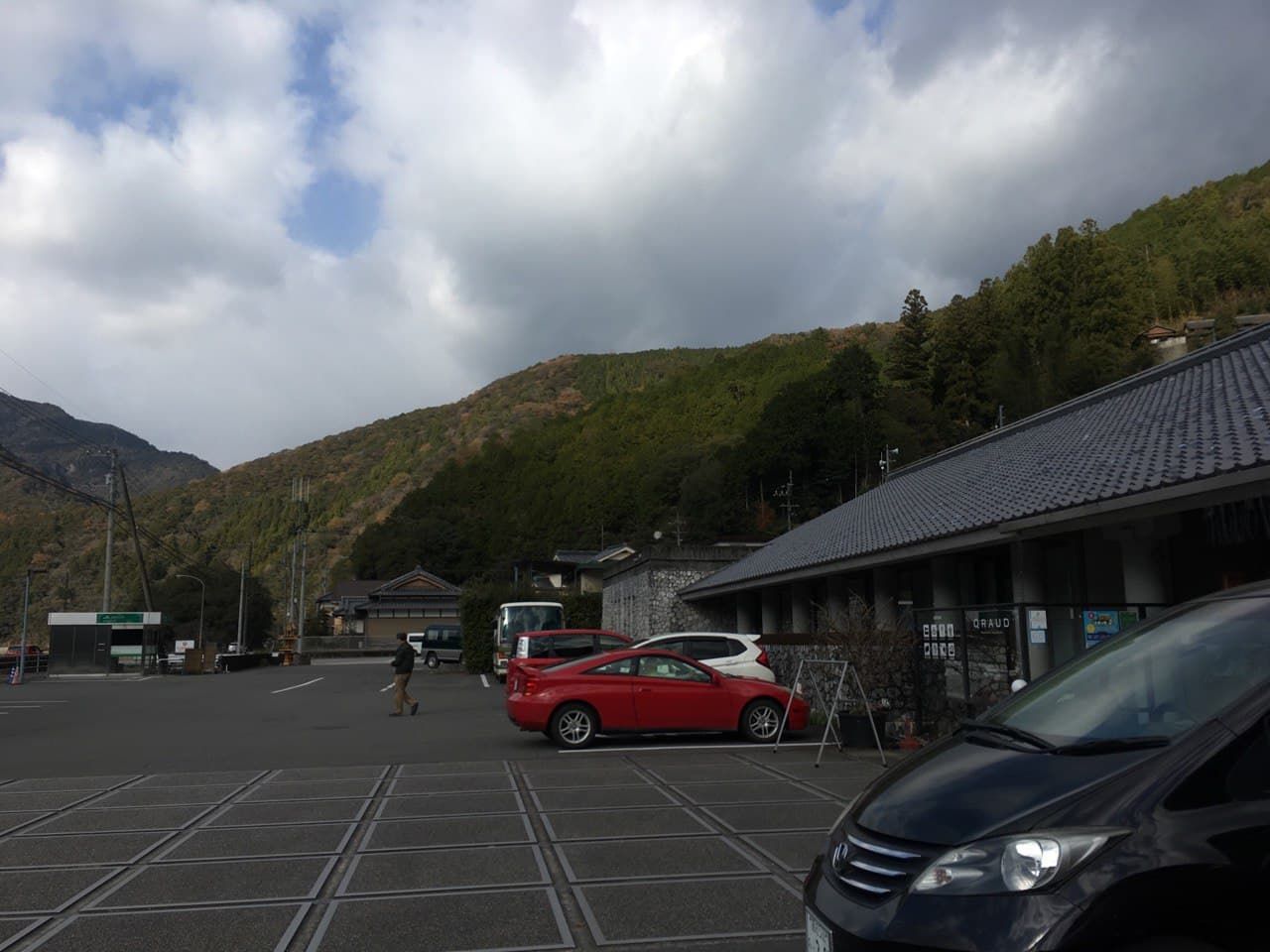
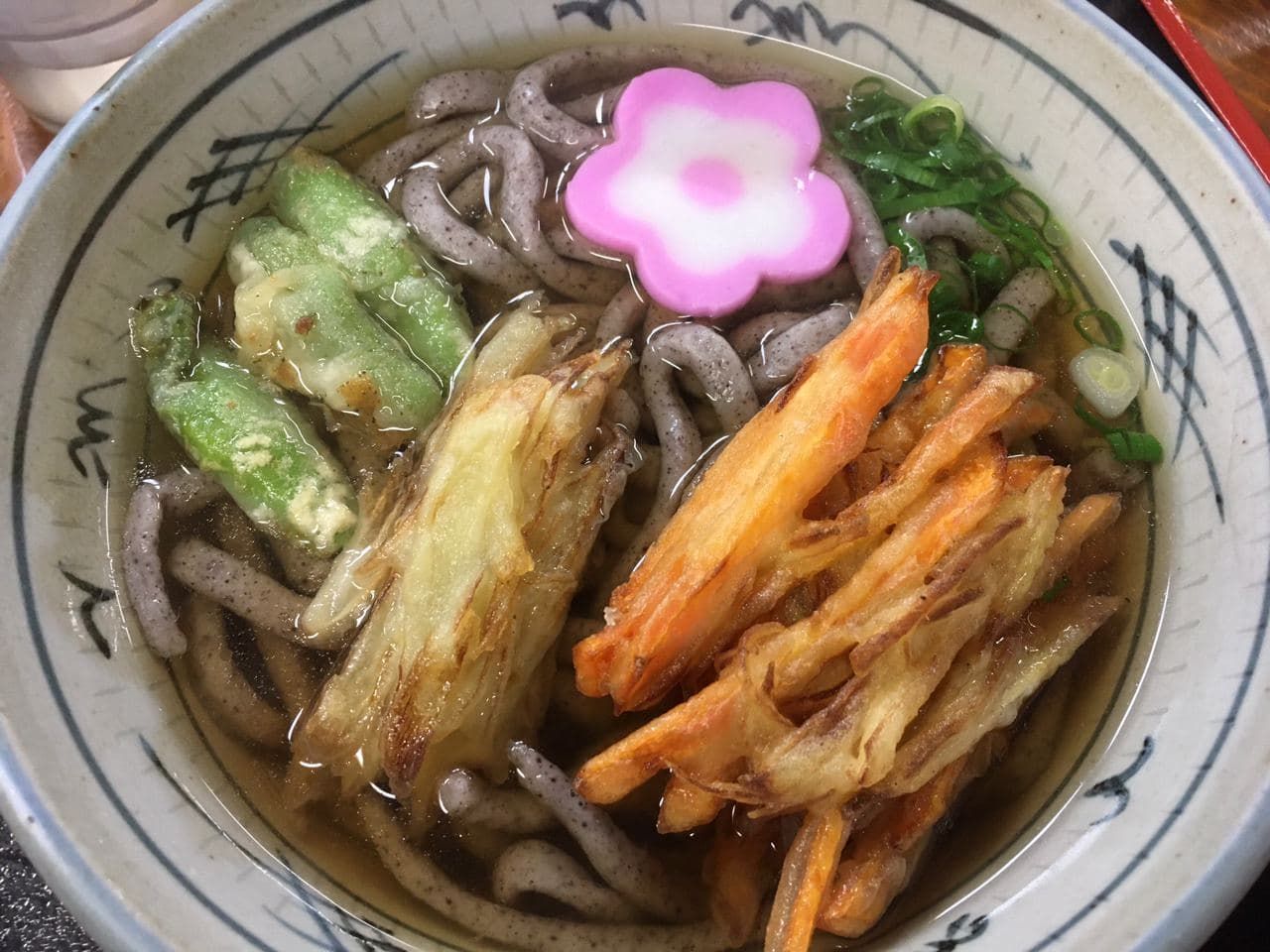
"I have a question, do you like ice cream?" Ayumi asked. Then we drove to the most beautiful cafe I’ve ever been to. Just look at this view.
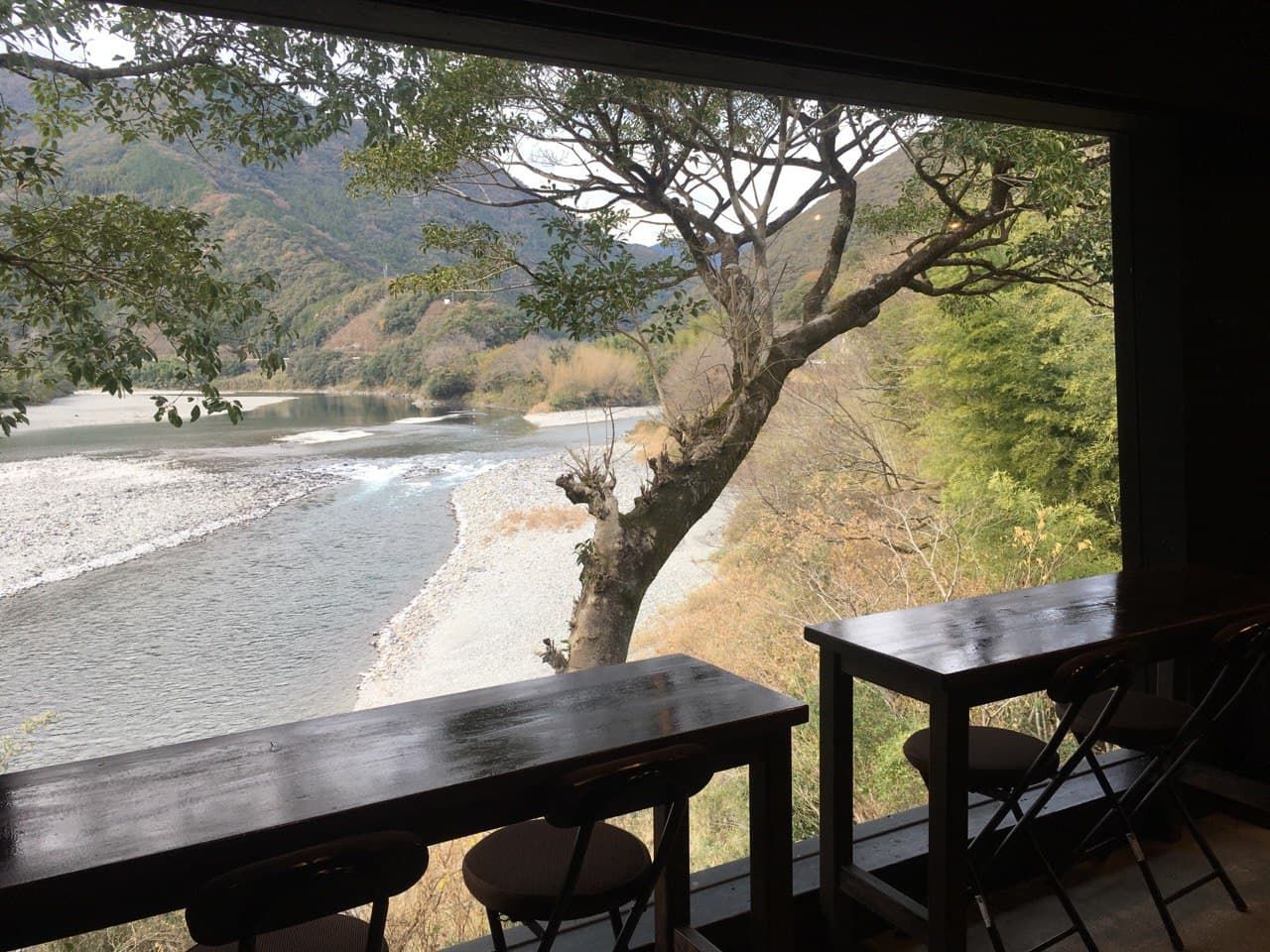
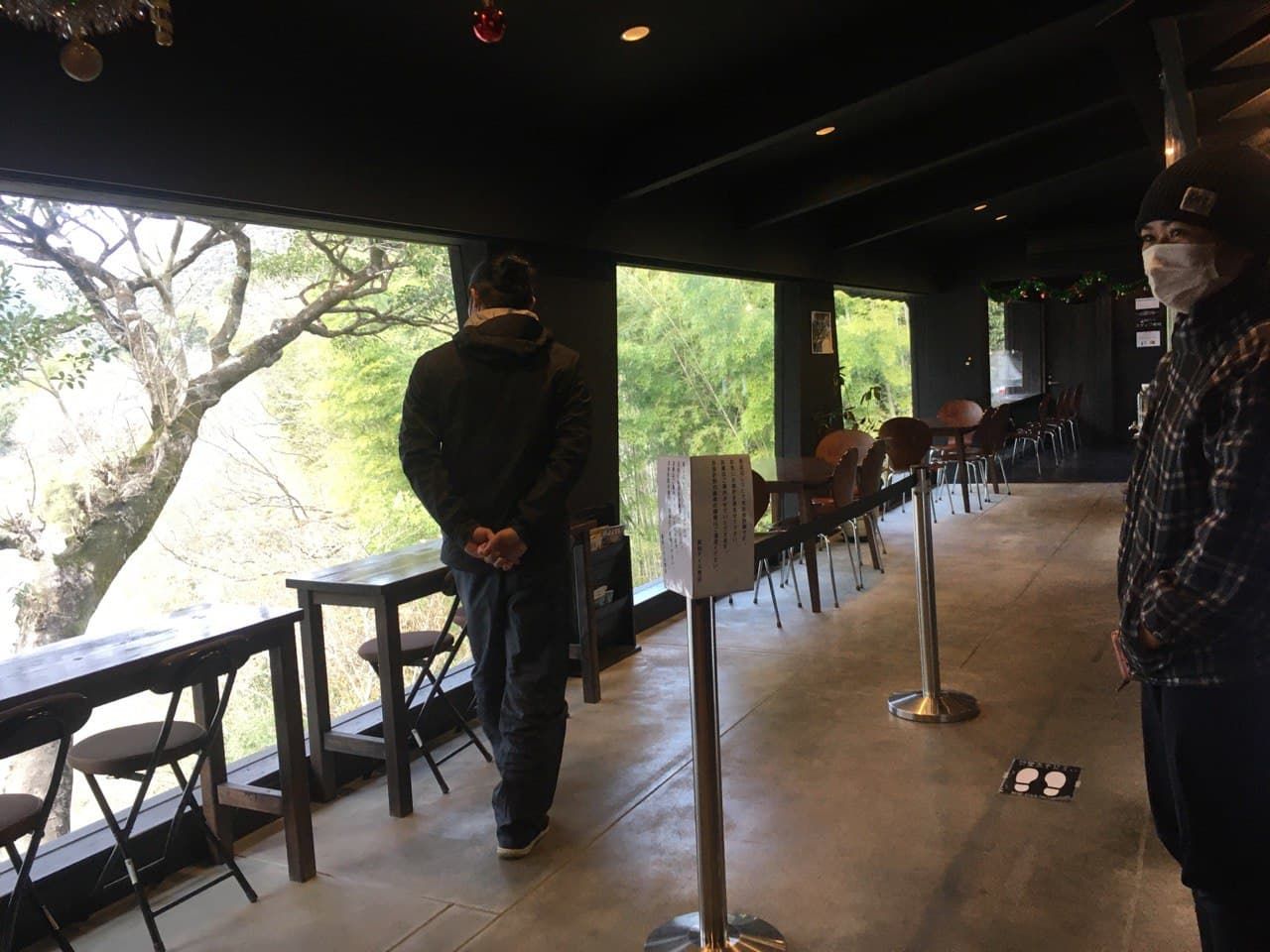
Ayumi said this cafe was built by a local ice cream making company. This is such a great business idea to drive demand for their product and boost the local economy. What a treat! We ordered a vanilla soft serve that comes with pour-over coffee. It was the best ice cream+coffee dessert beverage I’ve tasted. The coffee was light and matched the richness of the vanilla soft serve. I’m not a coffee expert, but really, affogato, who?! The view was amazing, the food was amazing, and the conversation with Ayumi was amazing. I’m just gonna use the word amazing over and over again in the next few days.

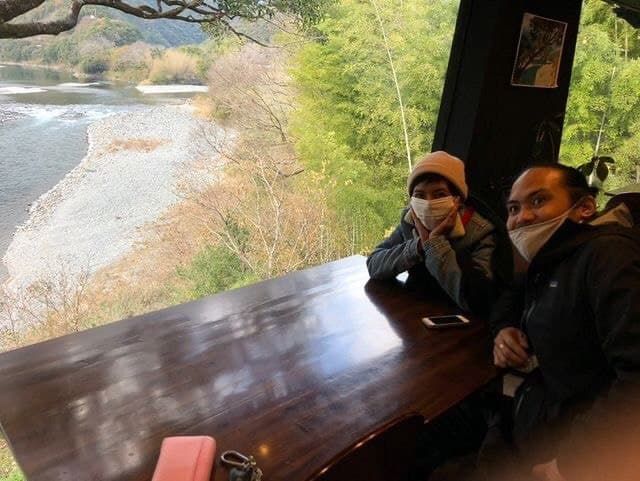
After the break, we come back to the rooftop to flip the kozo to dry the part used to hold the knot. We finish right before sunset. We walk uphill to reach Ayumi’s home. Light rain started to fall, the droplets were very few and swayed very lightly, like snow. Is it snow? Ayumi checked her phone. "Oh no, it’s rain." She looks up toward the sky. I suddenly realize she means we’d have to move all the kozo peels because they would all become wet if rain actually falls. "I think it’s probably going to be okay," she said. "I don’t think it’s really going to rain."
Night came. And It never rained.
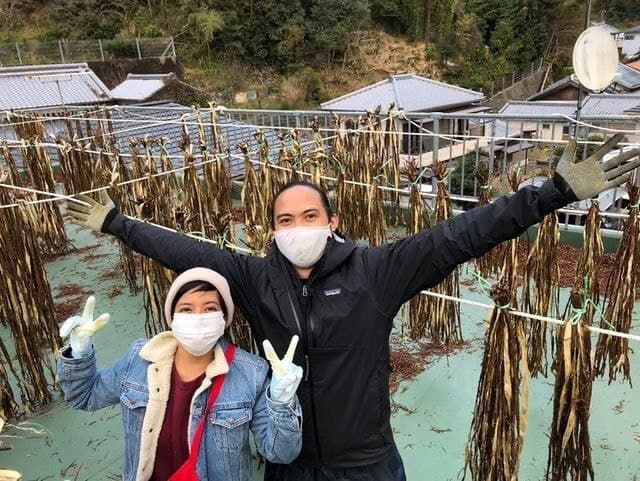
xoxo
Photos by Ness Roque and Ayumi Hamada
